About Us
Our Business
OUR BUSINESS
-
Organization
- Office Building Division
- Retail Properties, Sports and Entertainment Division
- Hotels and Resorts Division
- Homes and Lifestyle Promoting Division
- Solution Partner Division
- Logistics Properties Business Division
- International Division
- Digital Transformation Division
- Innovation Promoting Division
- Space & Environment Institute
Investor Relations
Sustainability / ESG
SUSTAINABILITY/ESG
- Our BusinessTOP
-
Our Organization
- Office Building Division
- Retail Properties, Sports and Entertainment Division
- Hotels and Resorts Division
- Homes and Lifestyle Promoting Division
- Solution Partner Division
- Logistics Properties Business Division
- International Division
- Digital Transformation Division
- Innovation Promoting Division
- Space & Environment Institute
- Neighborhood Creation
- Mitsui Fudosan and You



























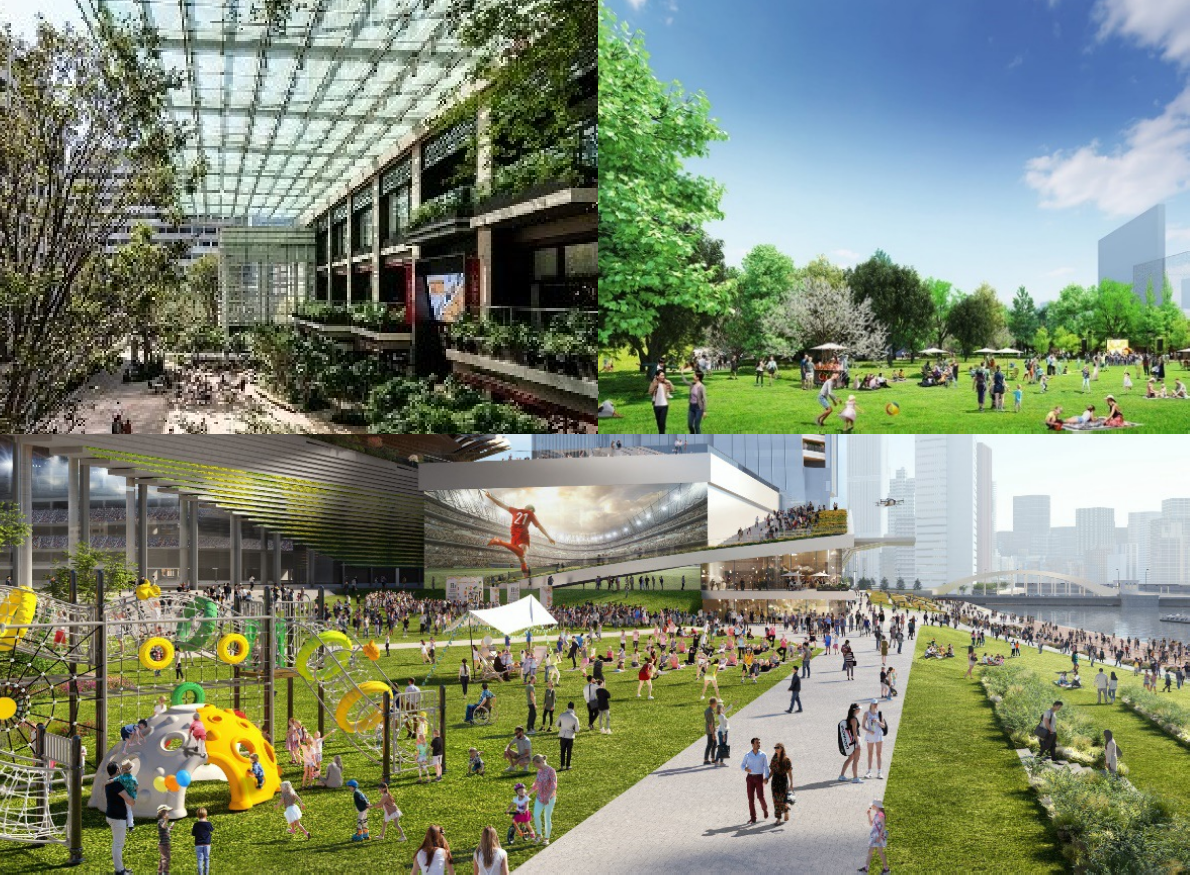
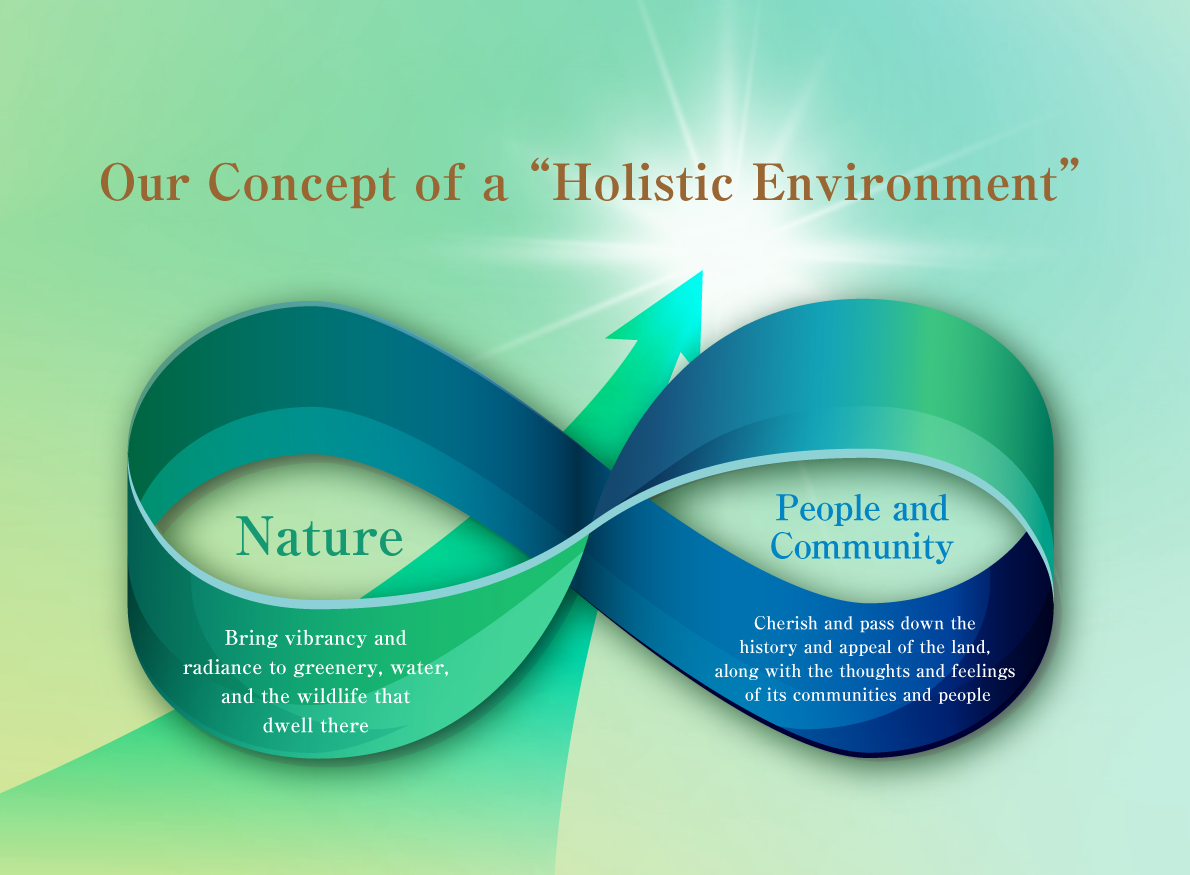
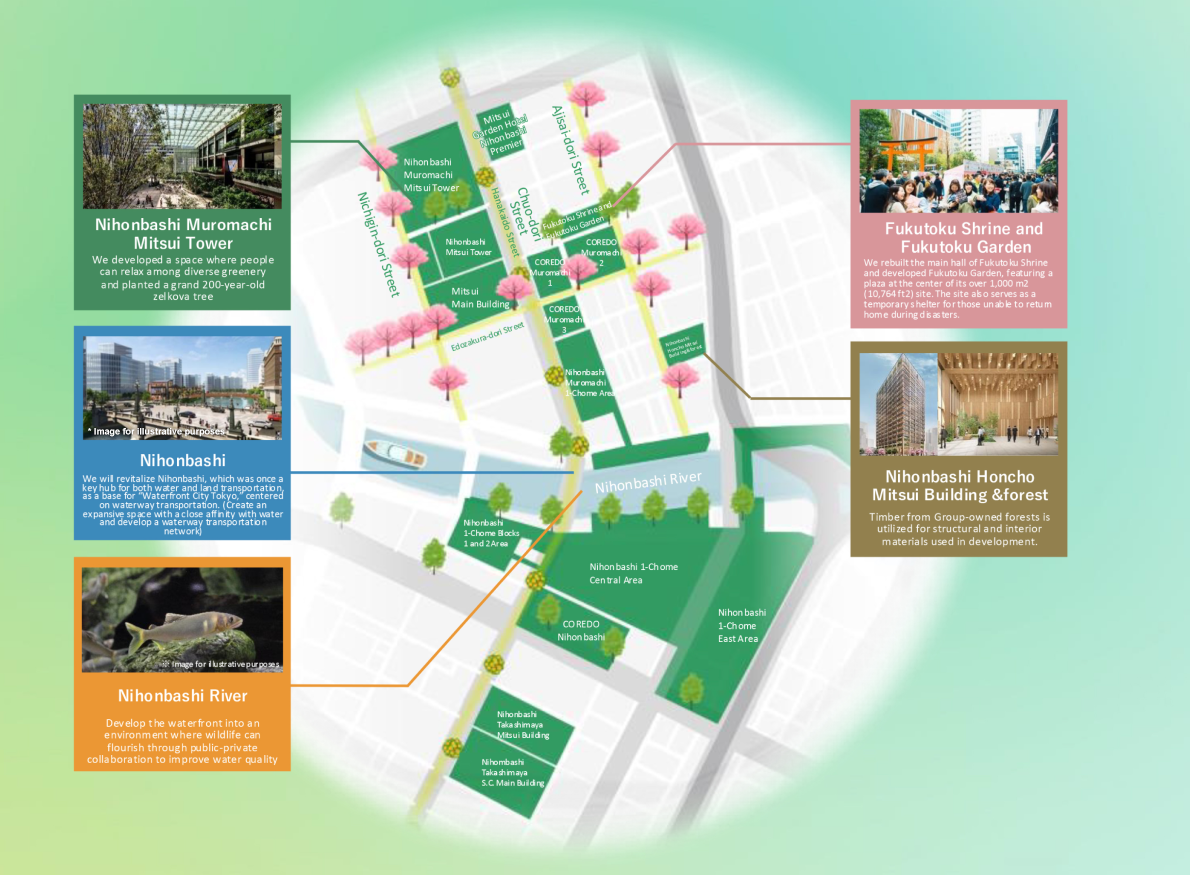
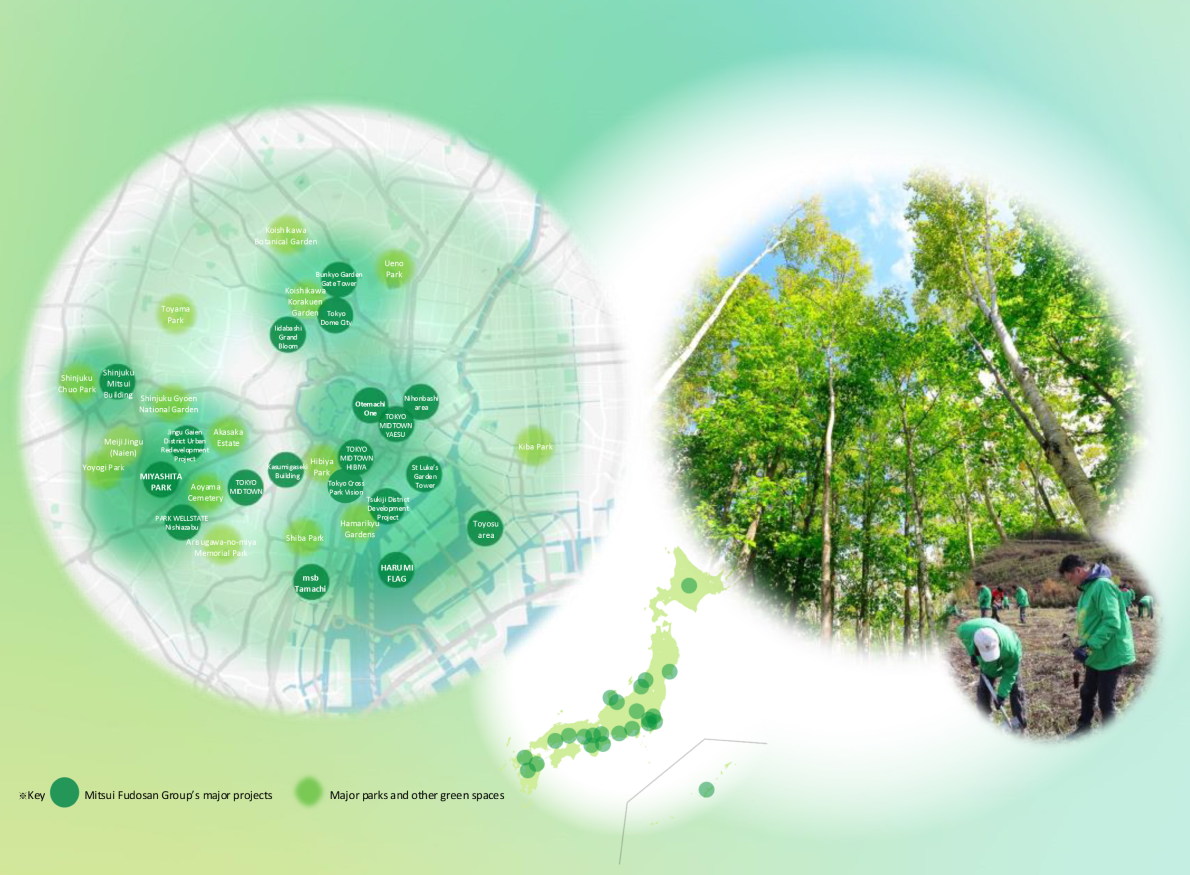
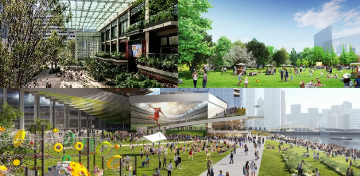
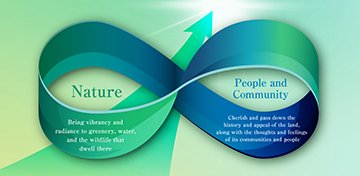
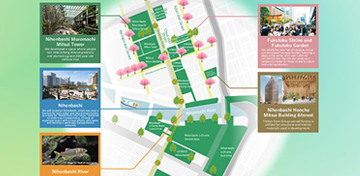
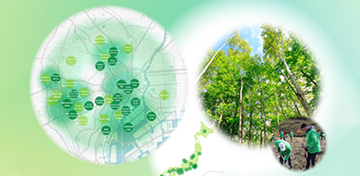
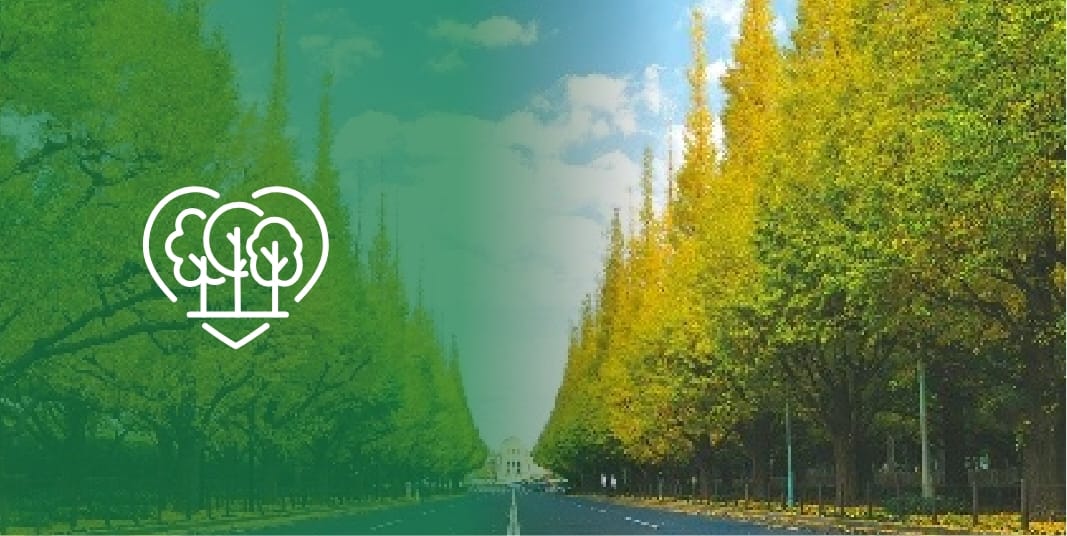
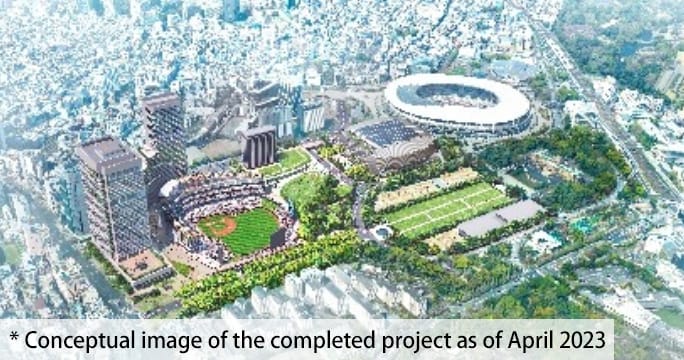
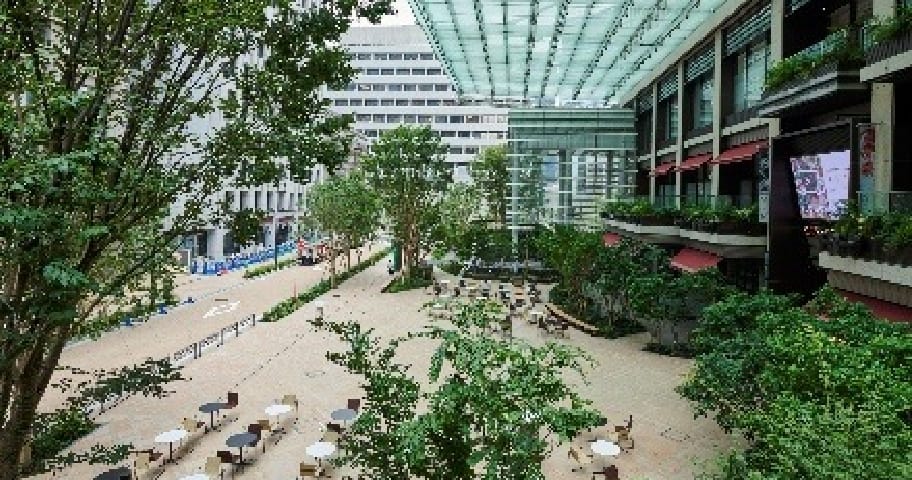
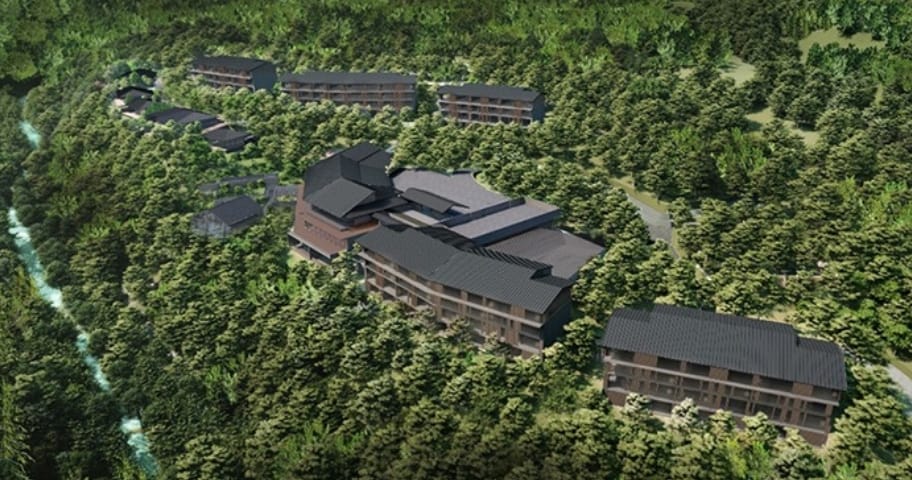
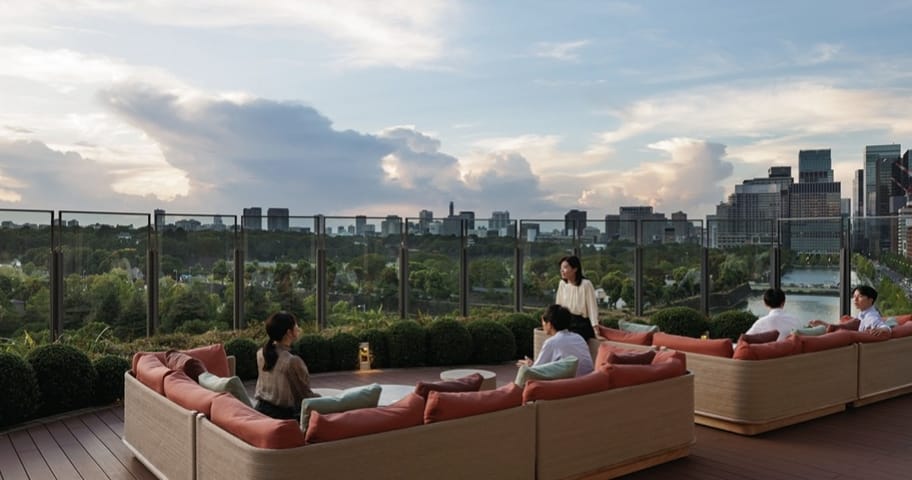
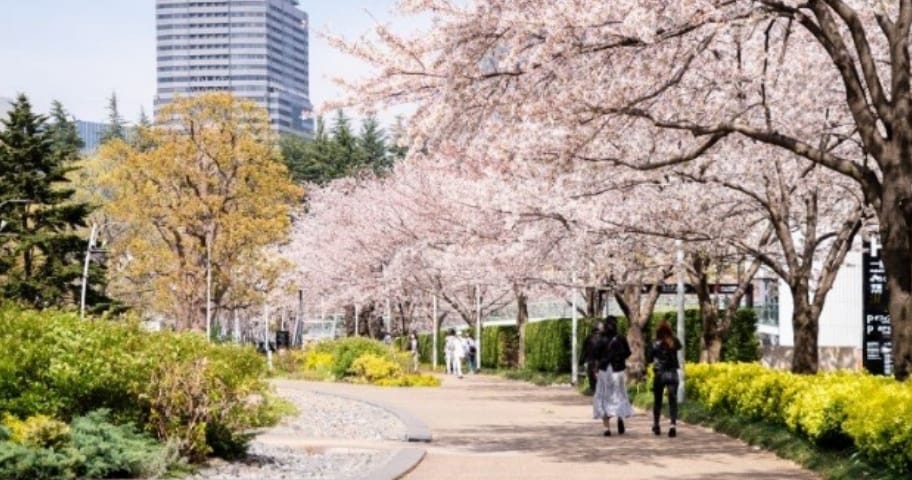
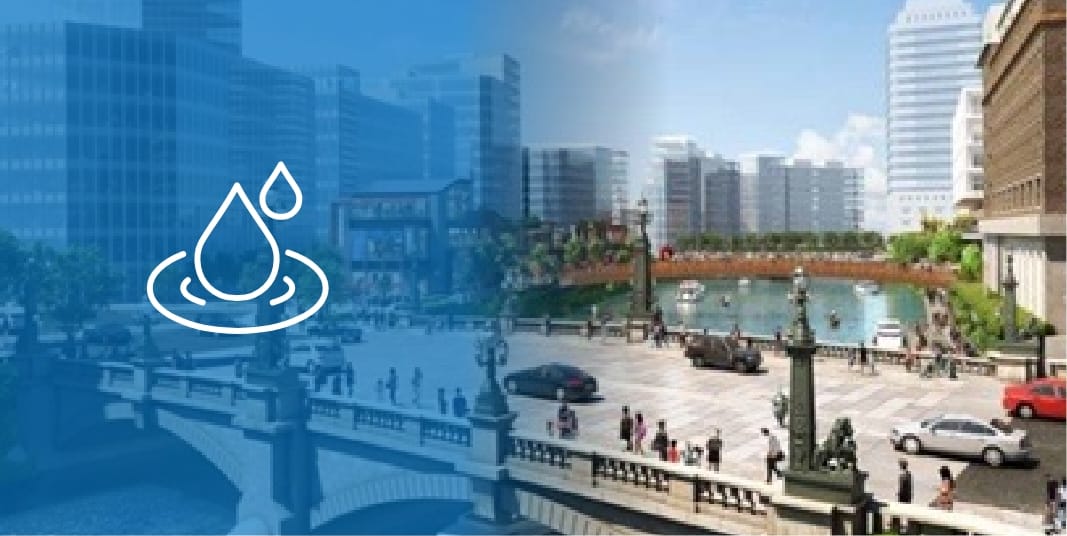
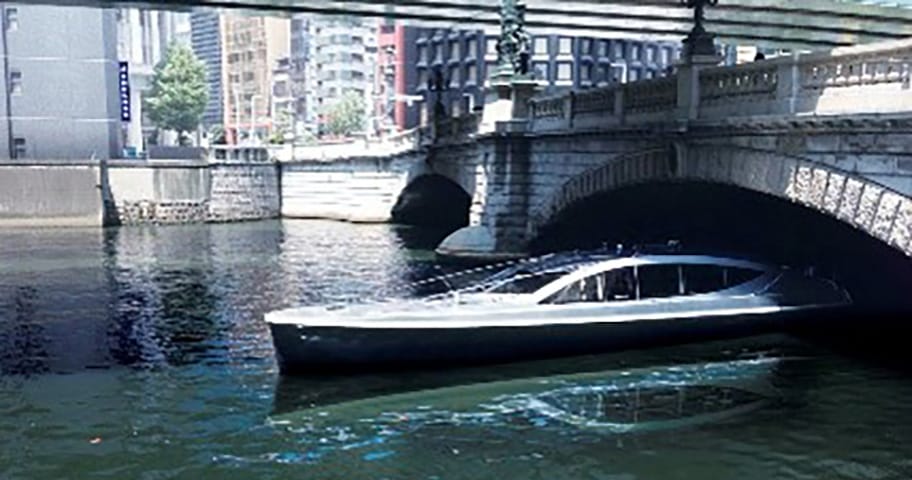
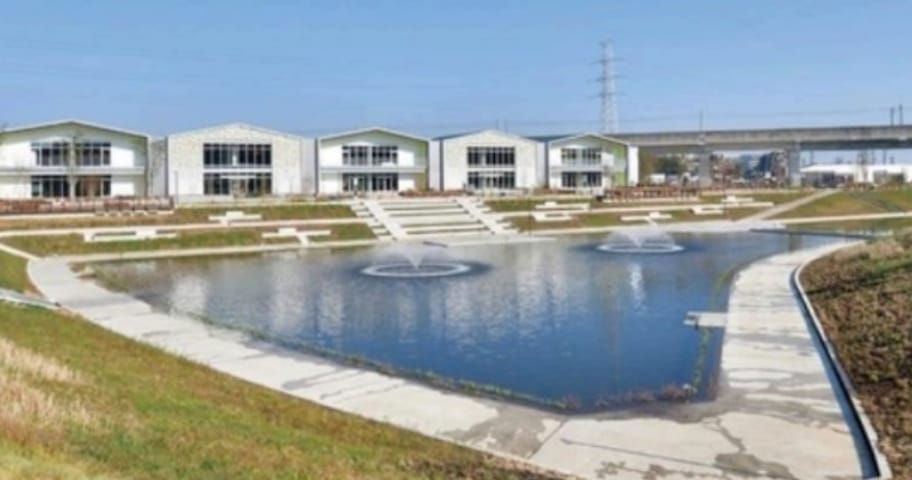
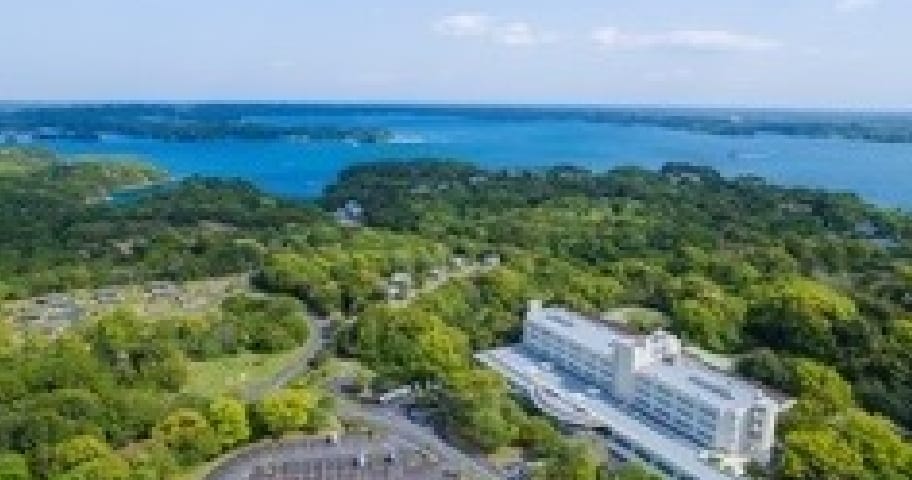
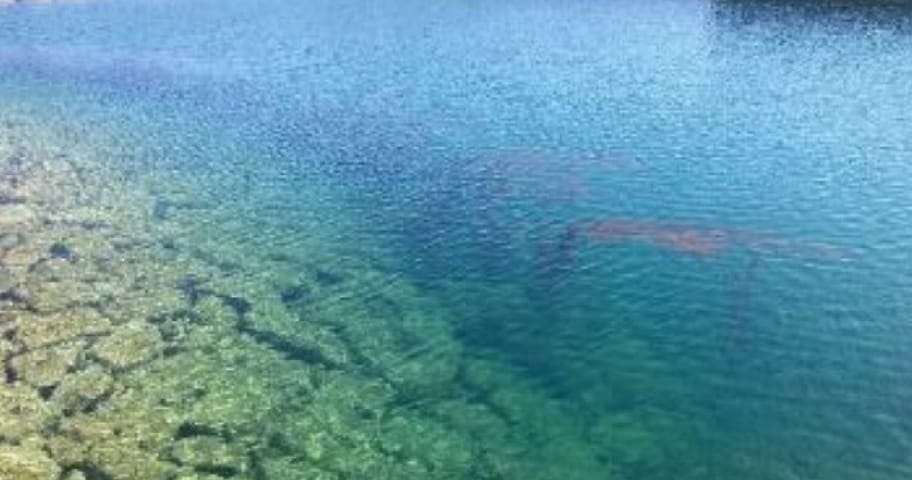
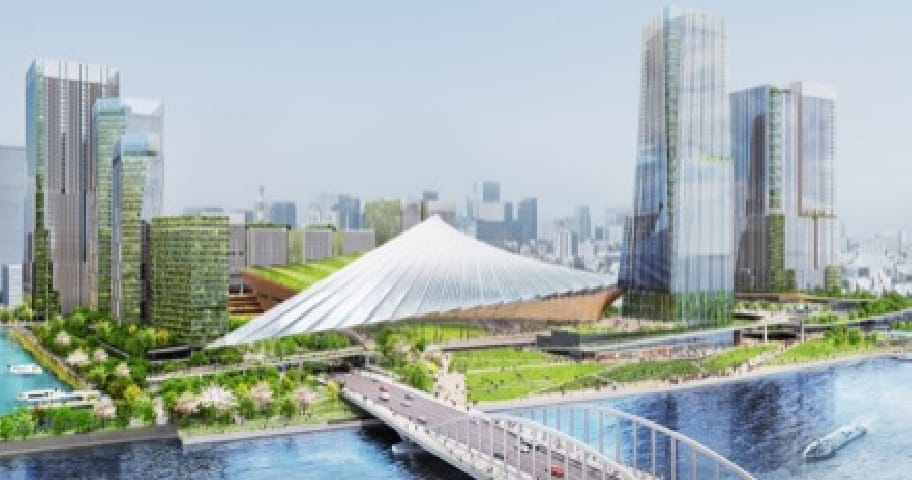
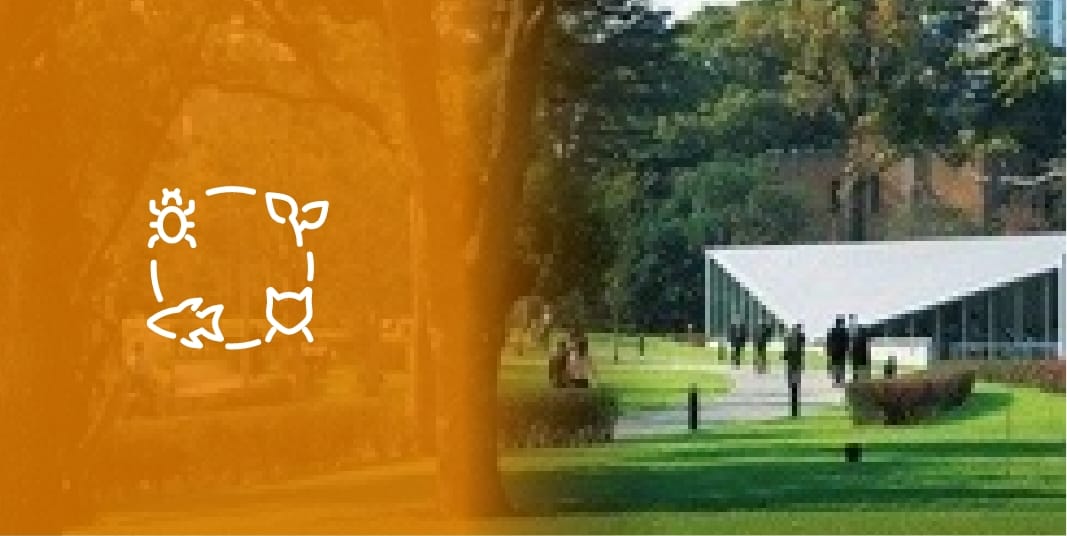
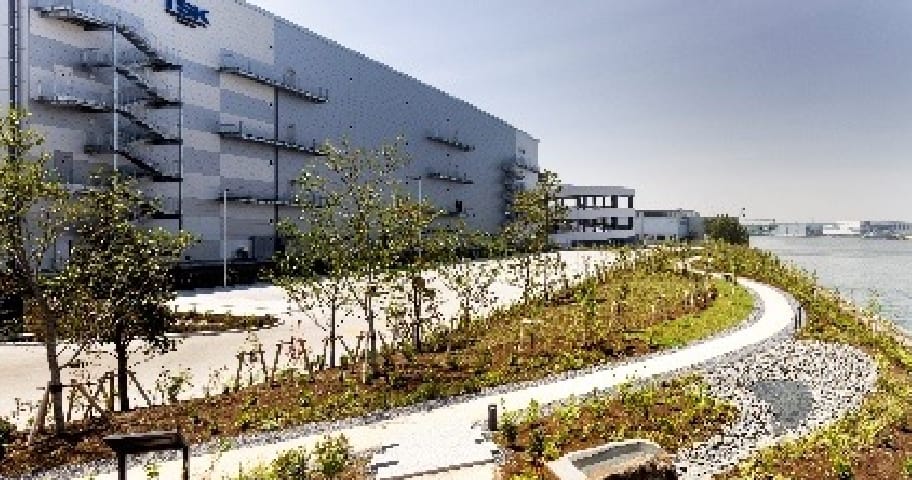
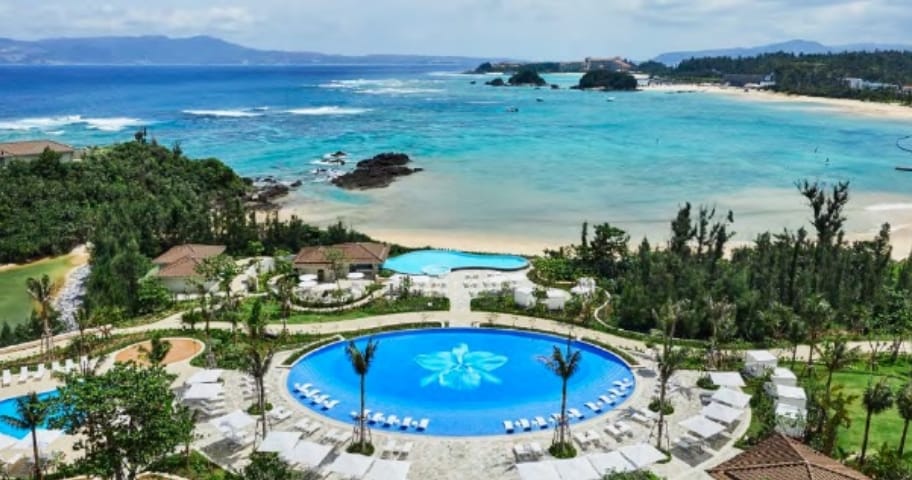
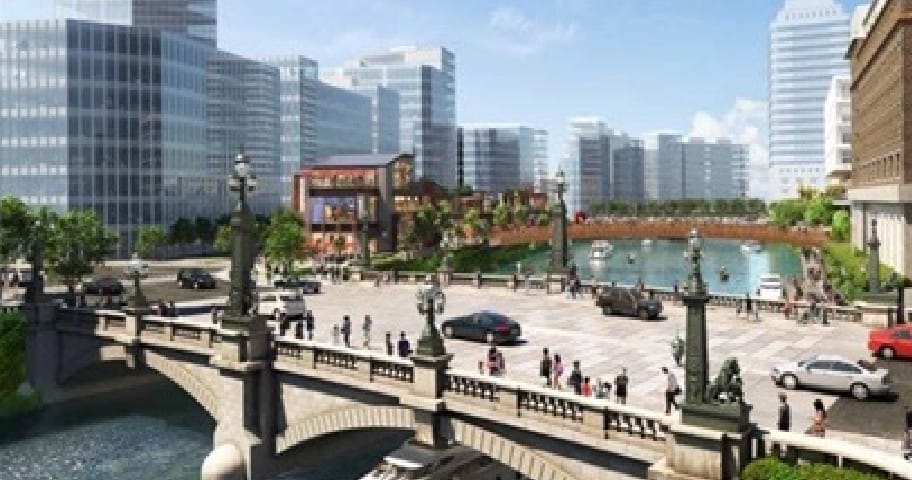
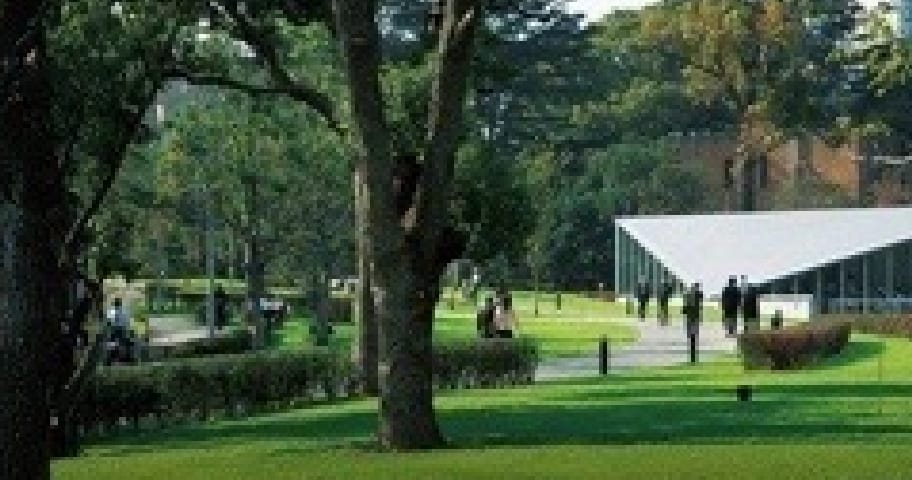
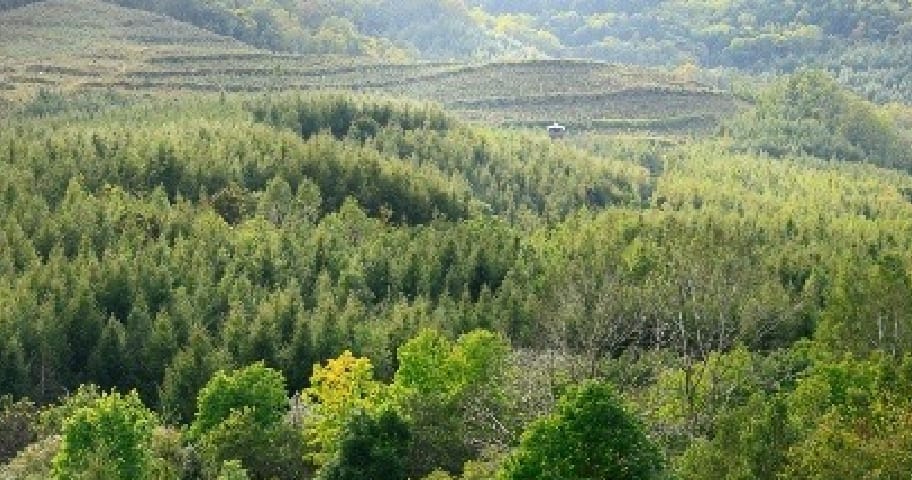
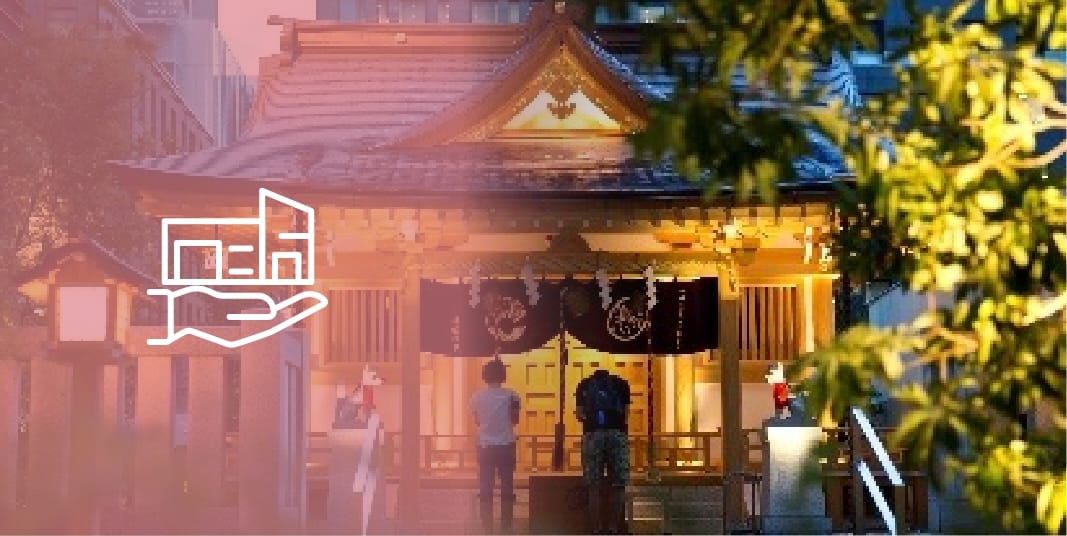
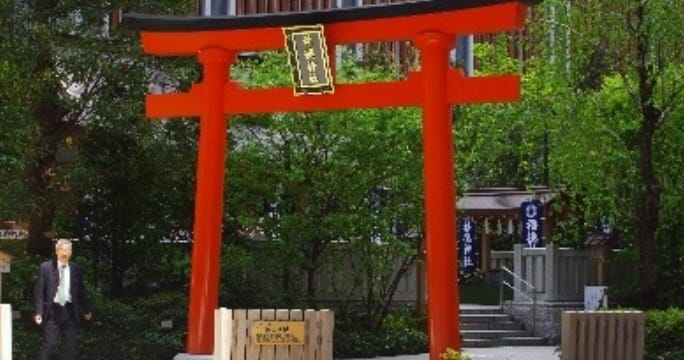
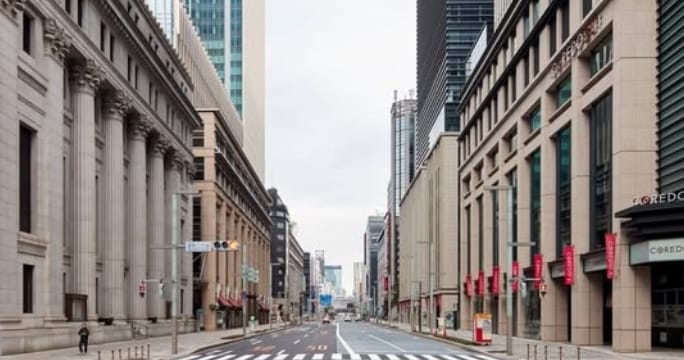
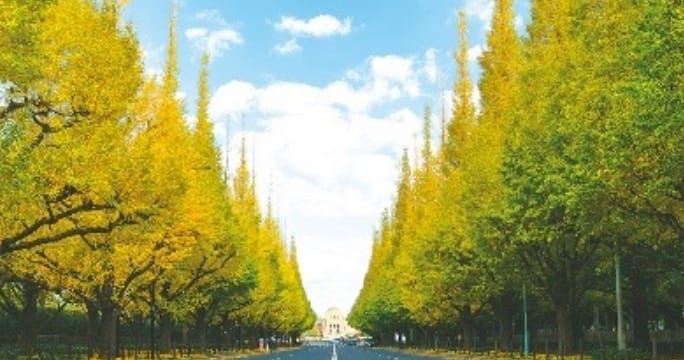
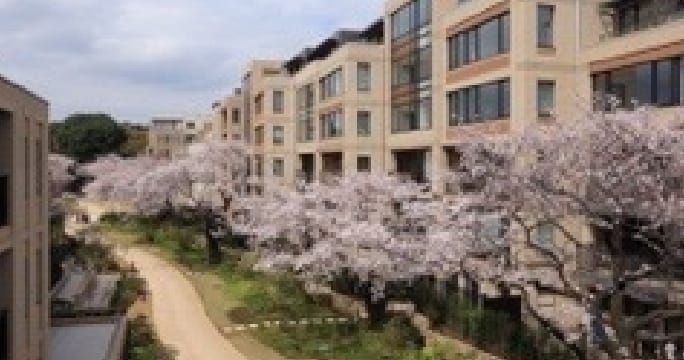
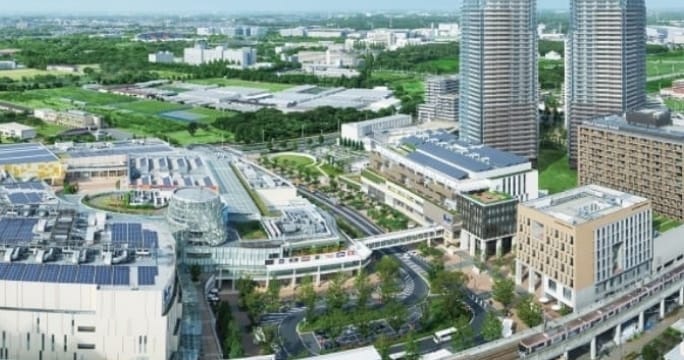
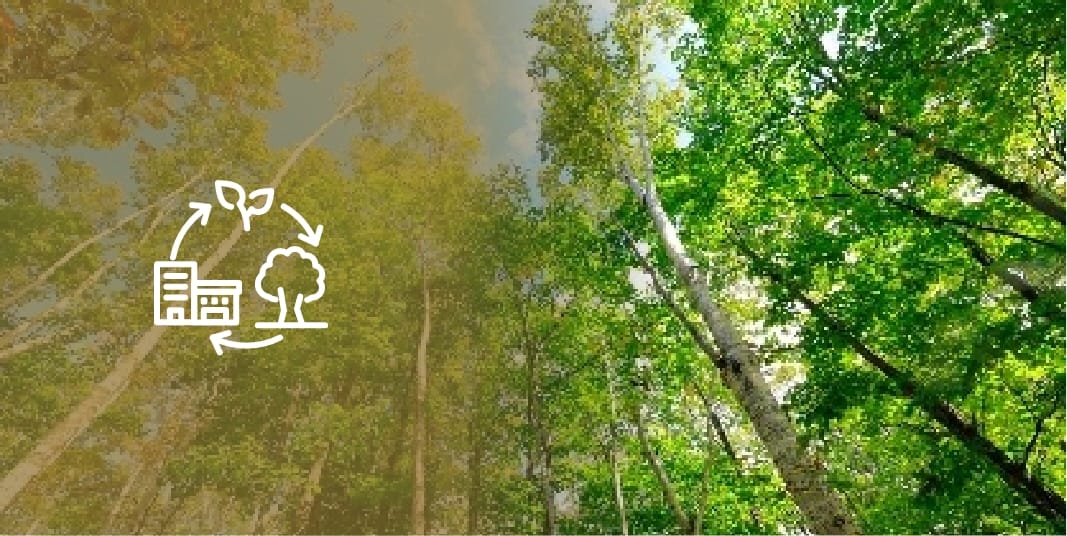
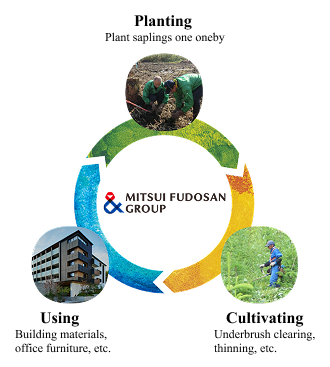
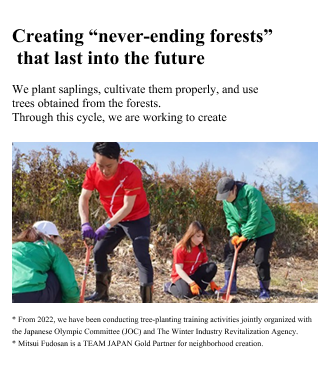
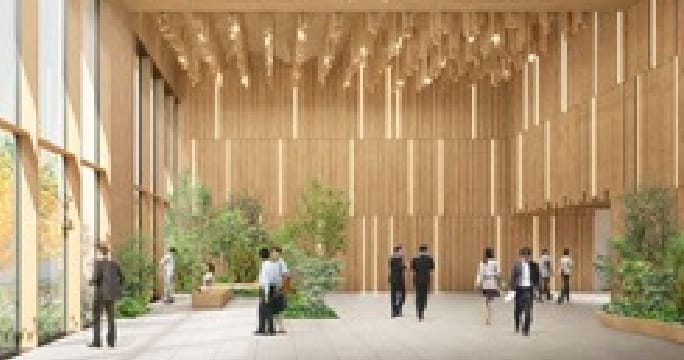
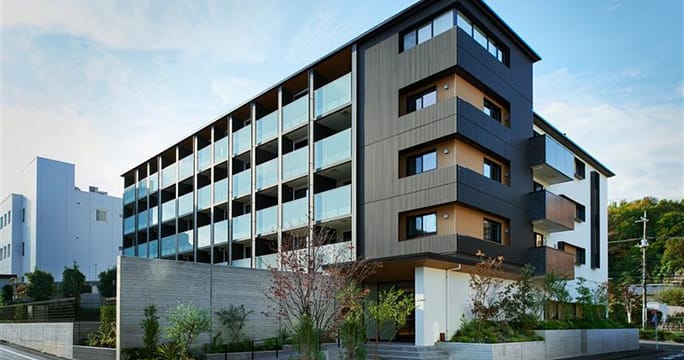
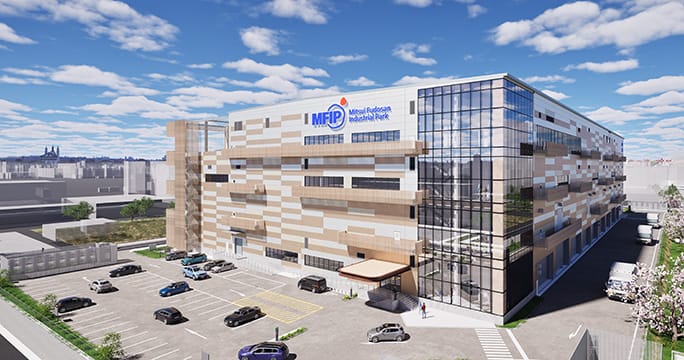
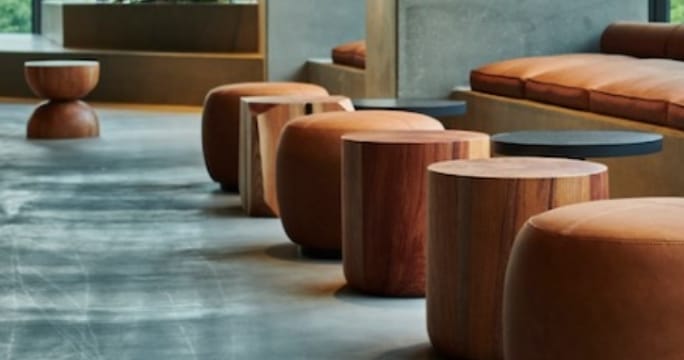
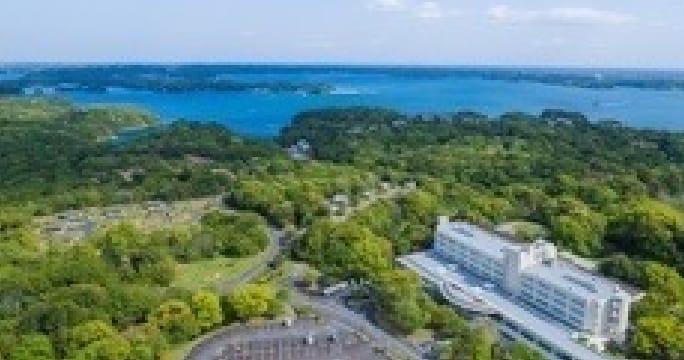
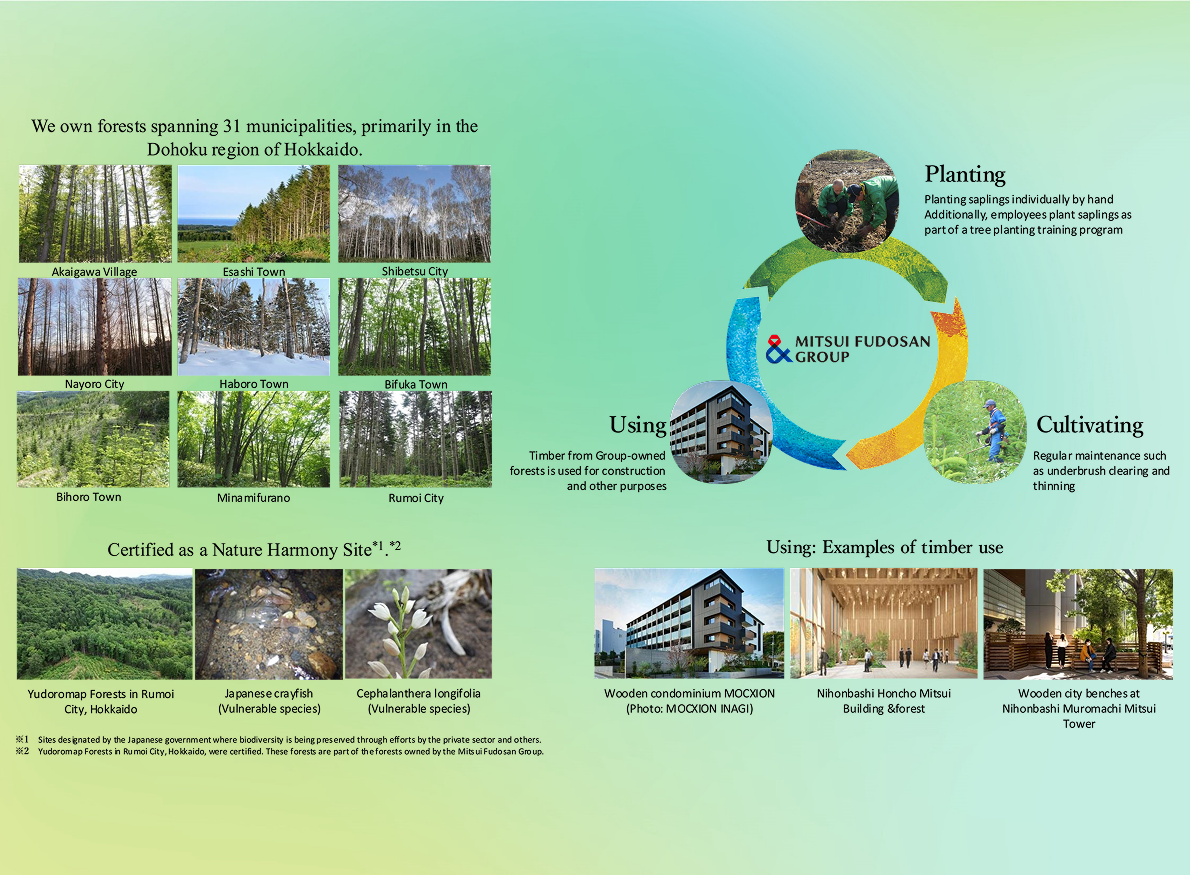
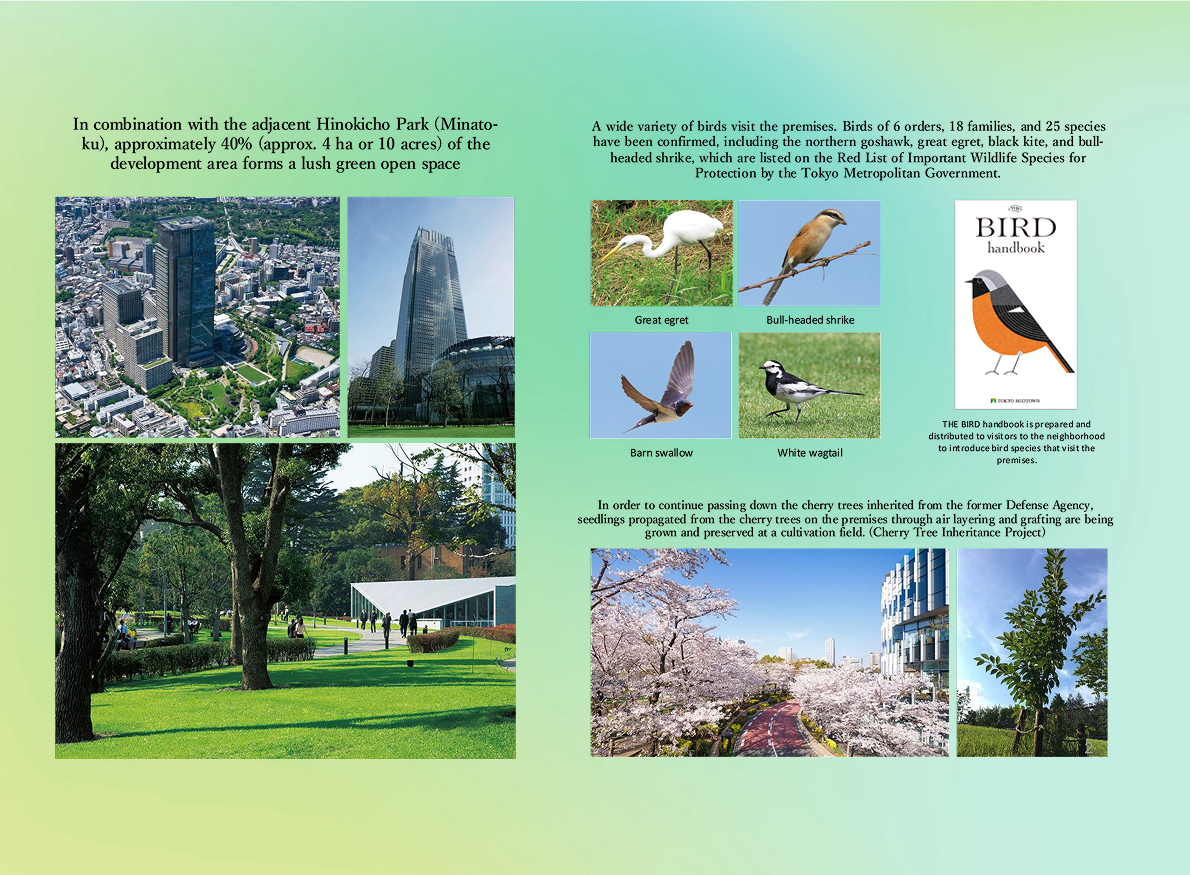
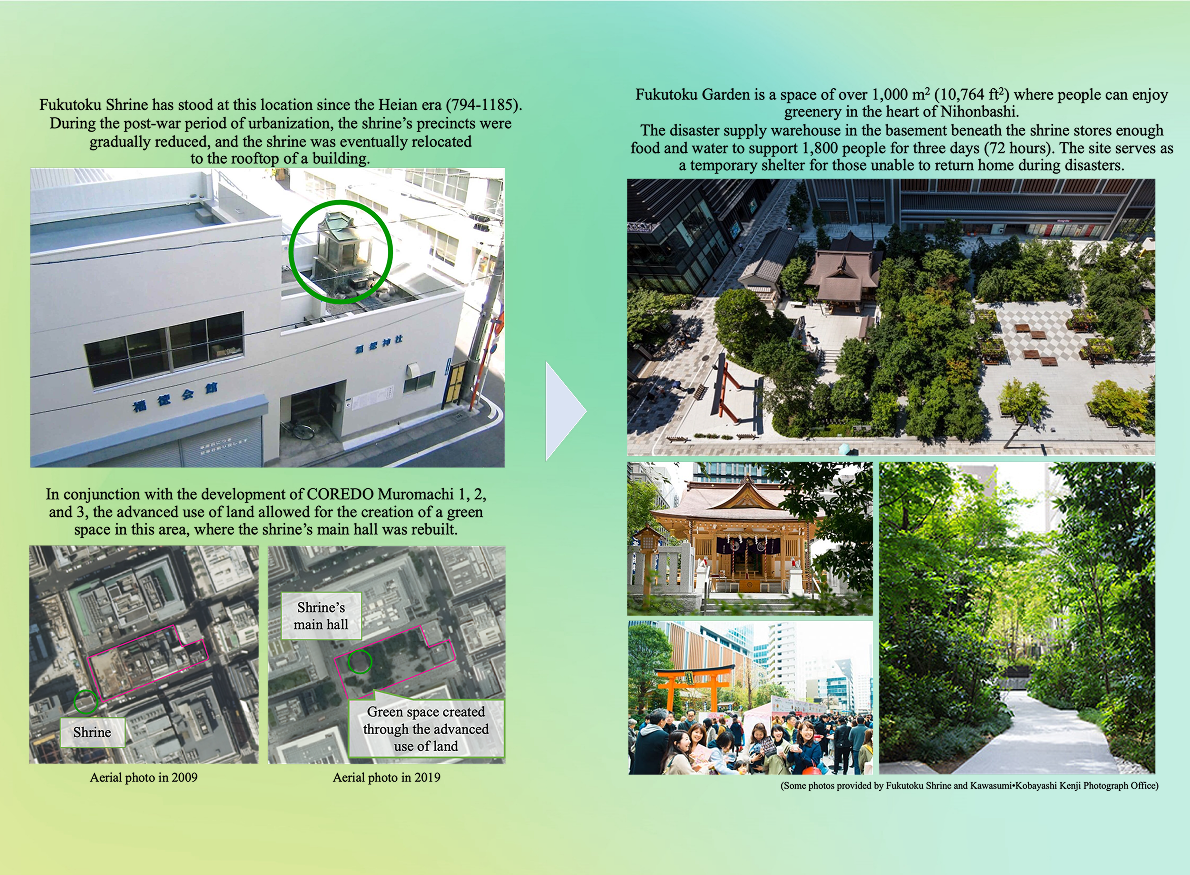
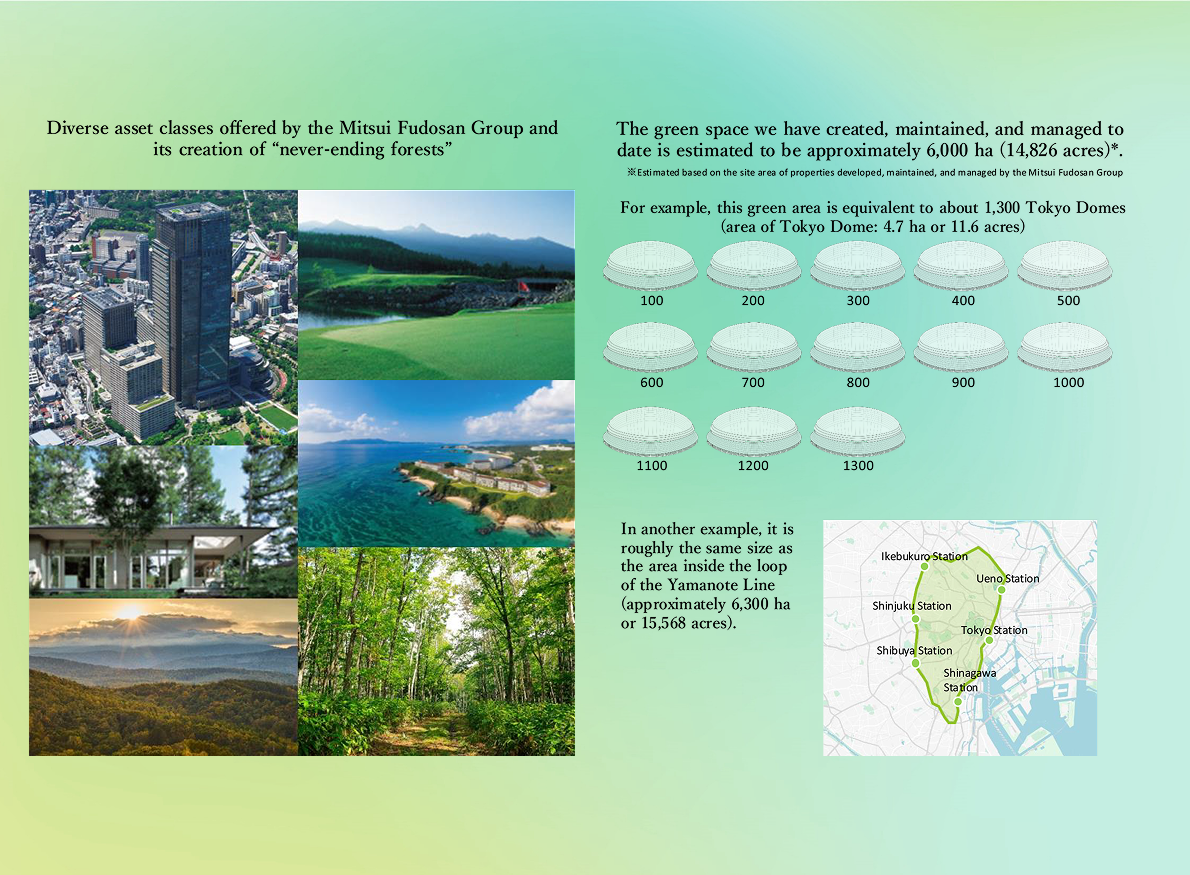
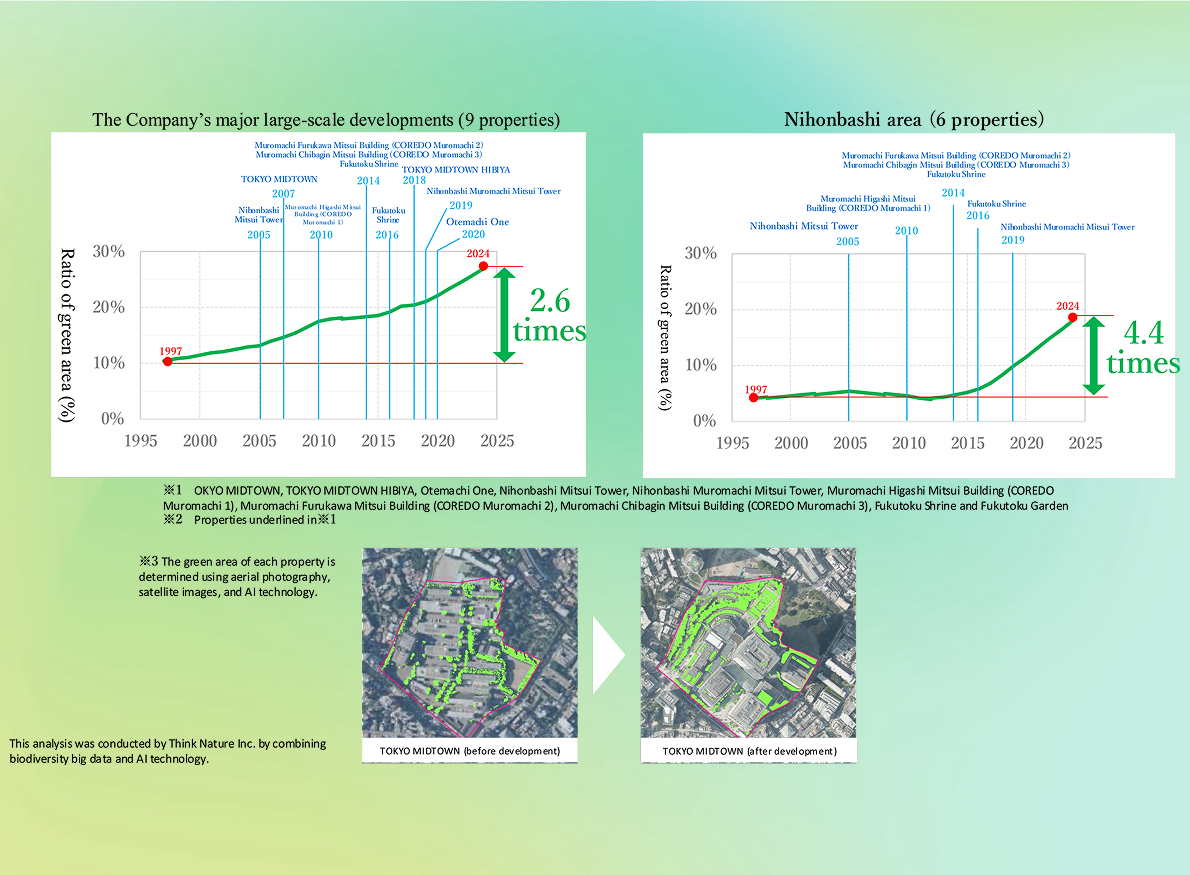
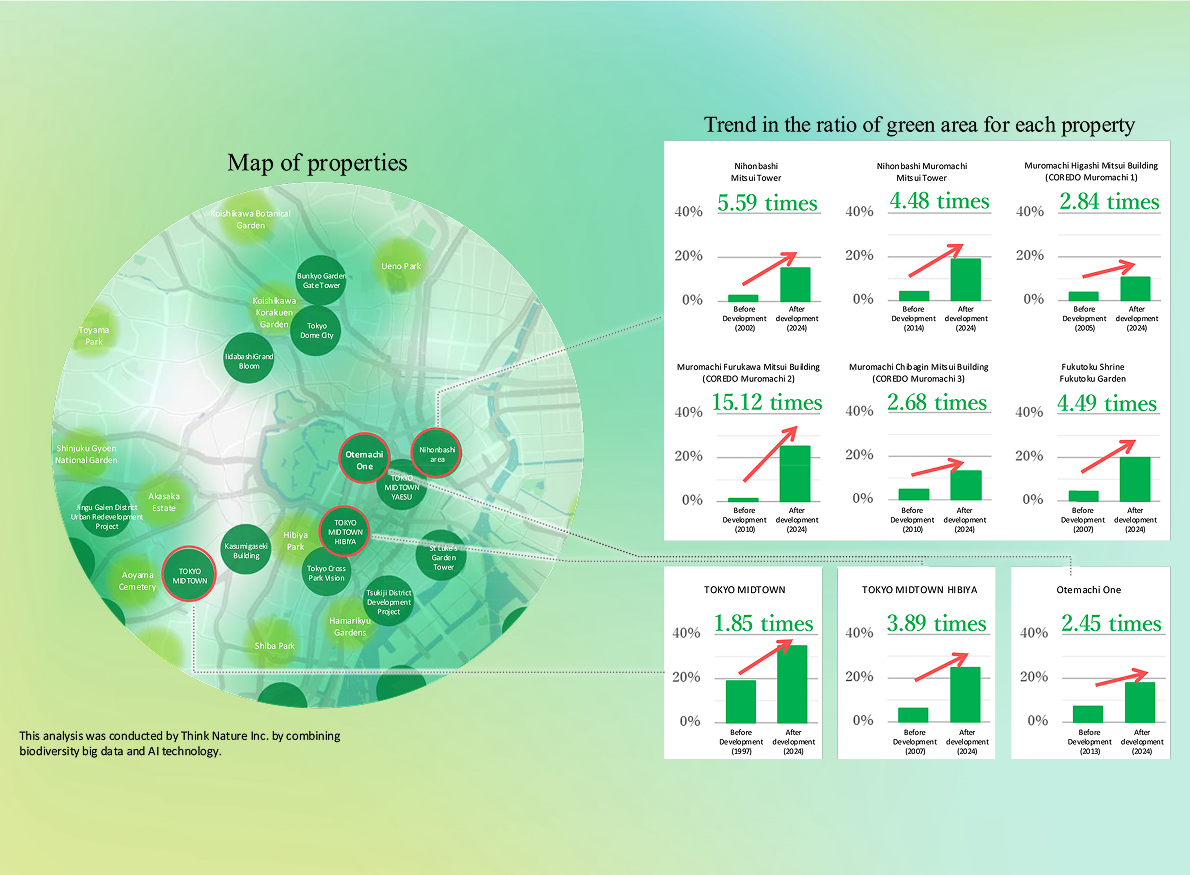
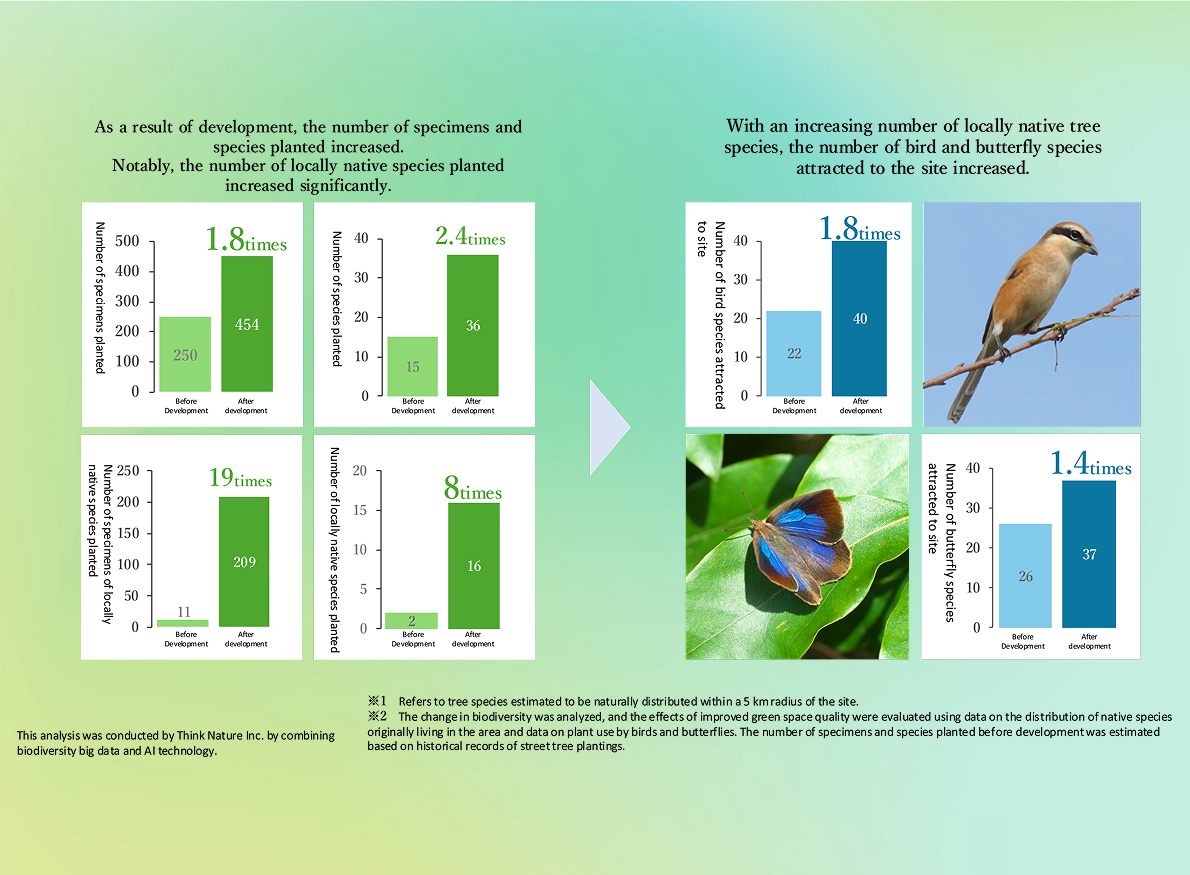
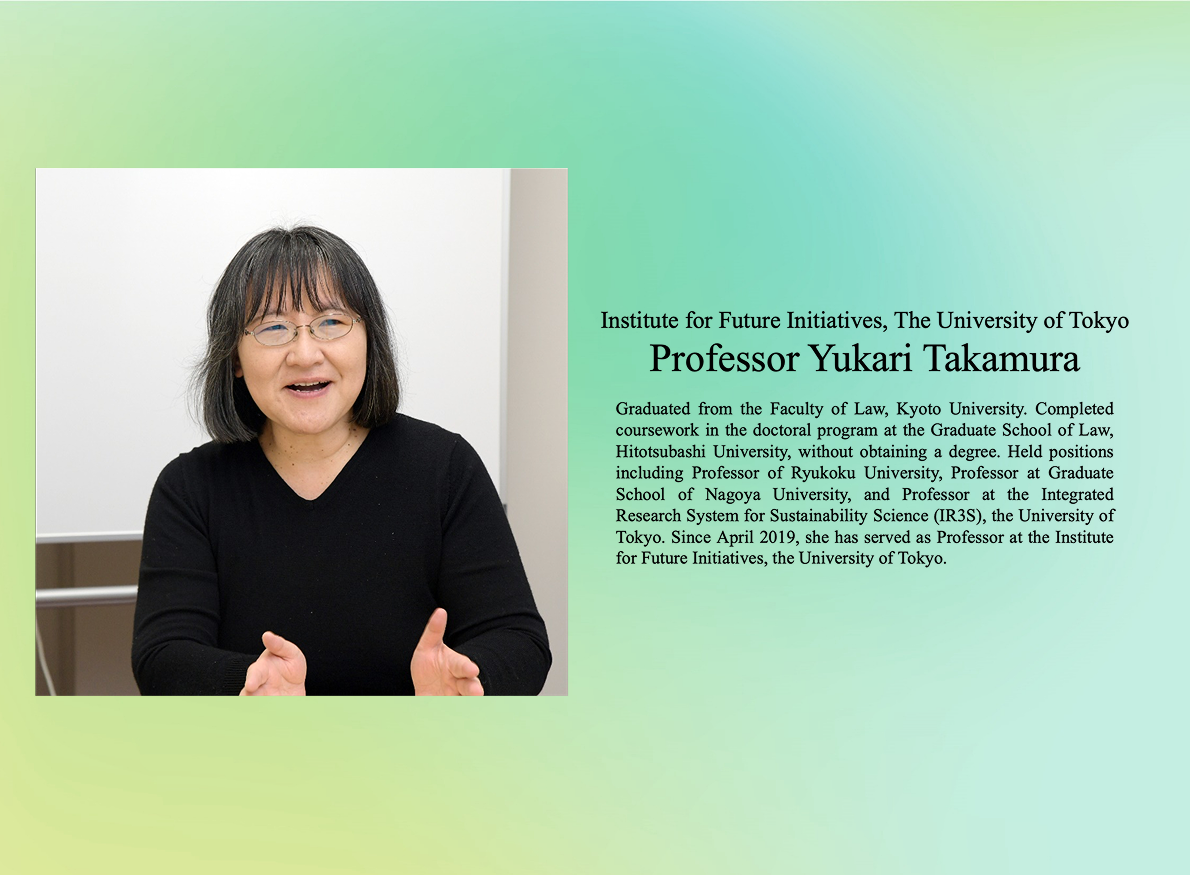
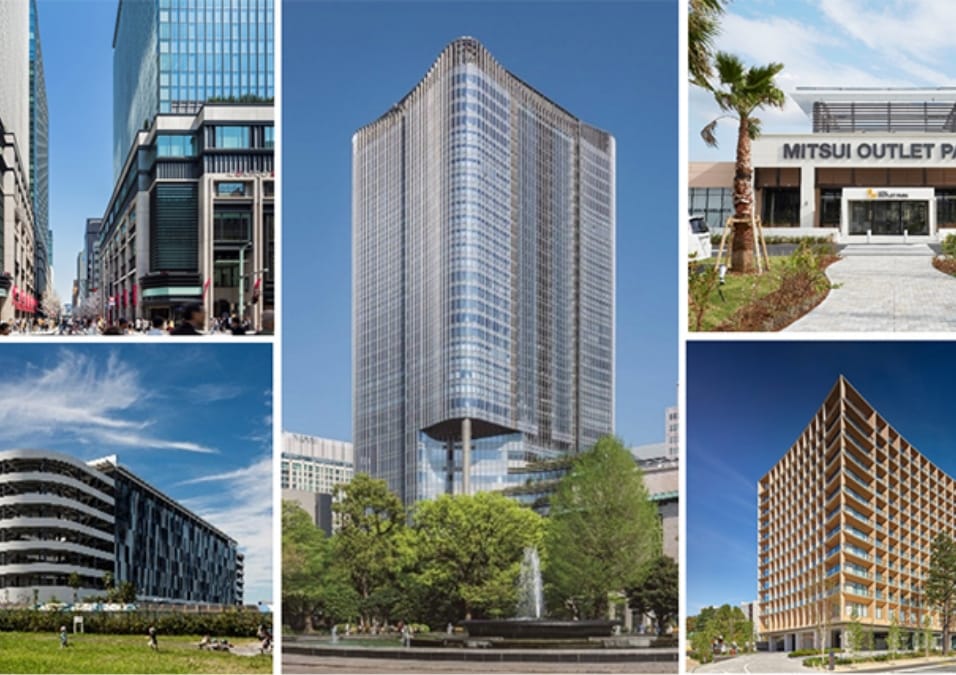
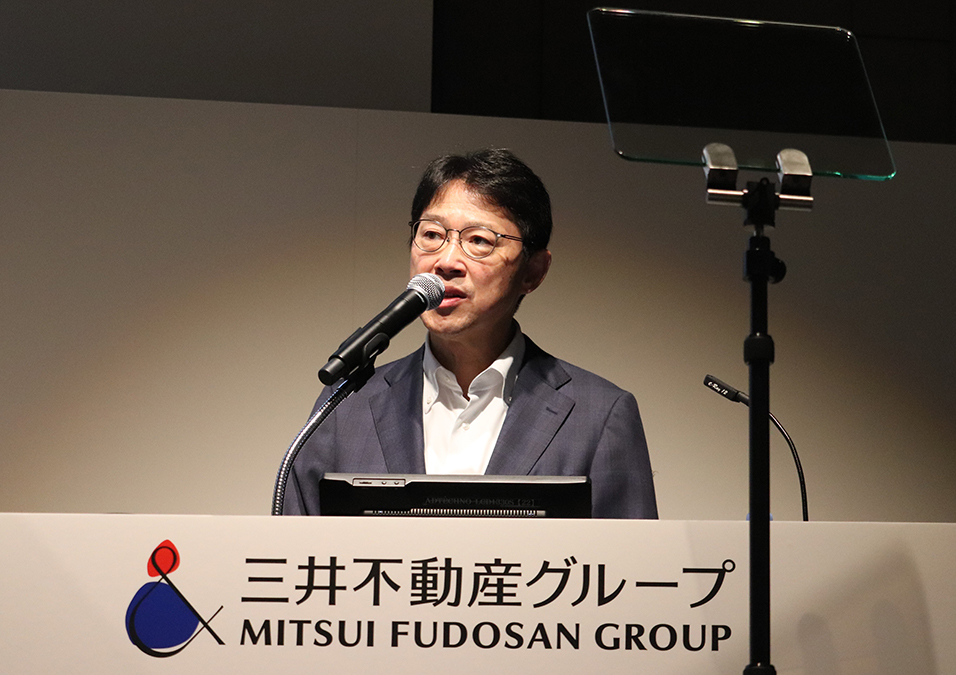
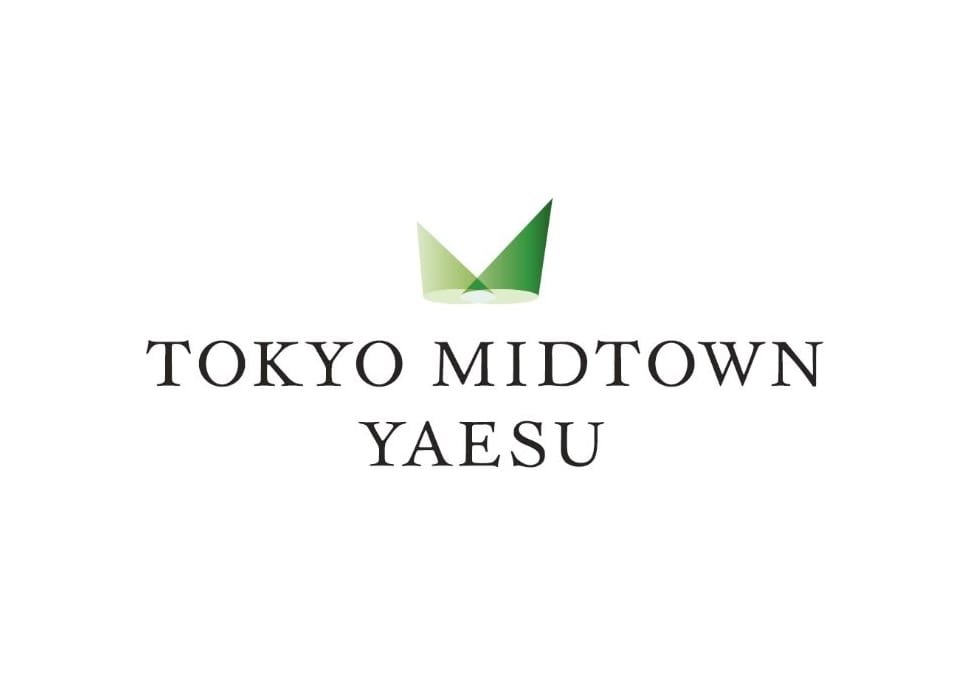
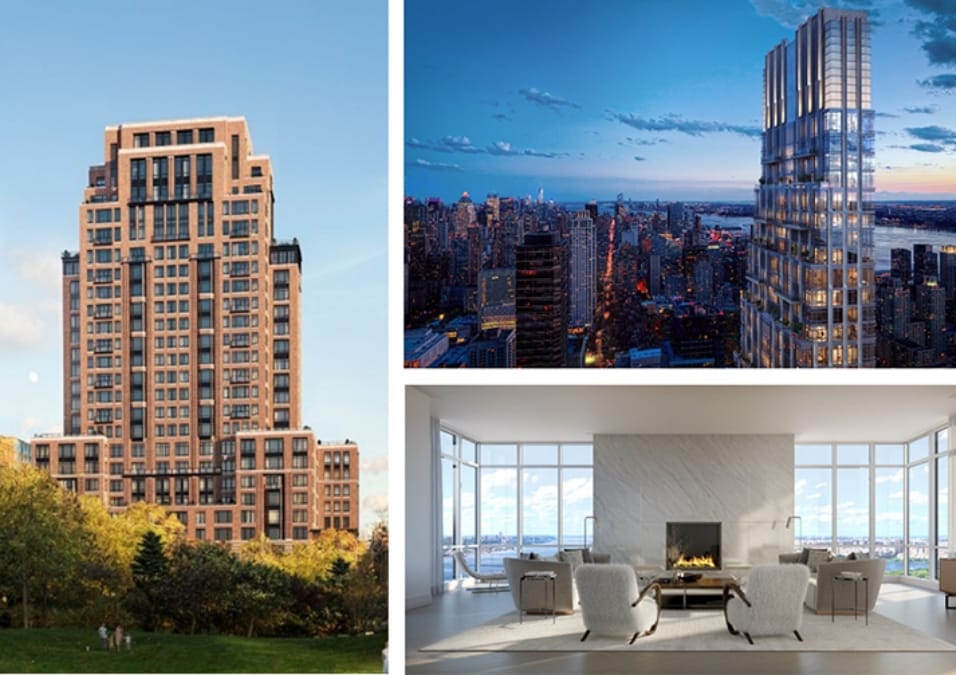
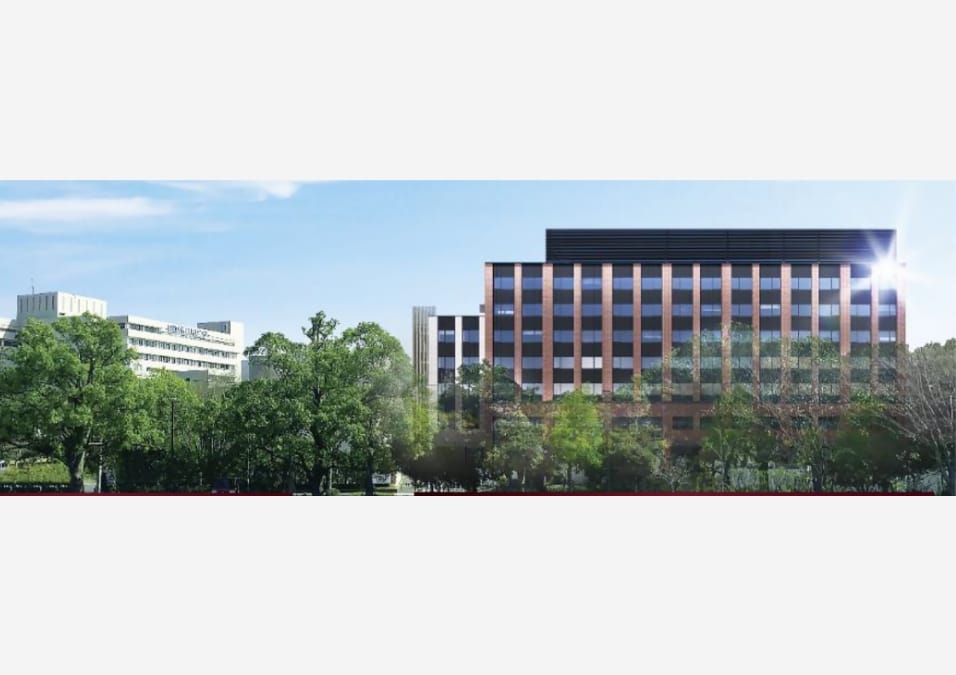
Comments by the Supervisor
Human activity, to varying degrees, affects nature and the environment.
Neighborhood creation is an effort to make our lives more comfortable and prosperous, and it shapes the future of society over the long term. That is why a key challenge is to minimize its negative impact on nature and the environment as much as possible, protect nature and the environment to ensure they remain sustainable into the future, and pass them down to future generations.
I believe that “& EARTH for Nature,” the declaration of coexistence with the environment in neighborhood creation, expresses the Mitsui Fudosan Group’s strong determination and resolve to continue facing this challenging issue, which is far from easy, with the aim of realizing the principle of “& EARTH With nature, sharing the future.” Through this endeavor, I expect the Mitsui Fudosan Group to contribute to and realize neighborhood creation that ensures that sustainable nature and environments are passed down to future generations over the long term.